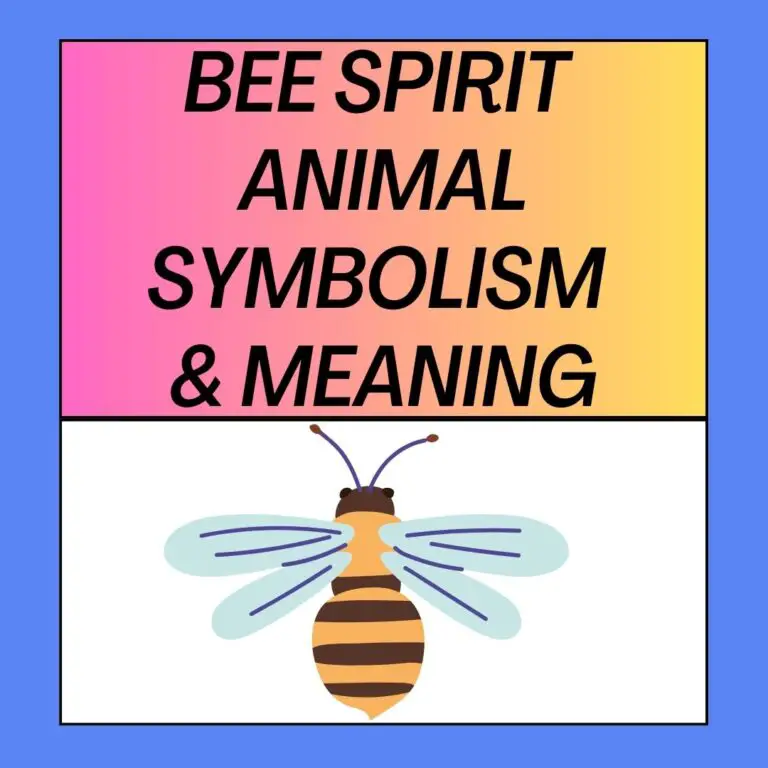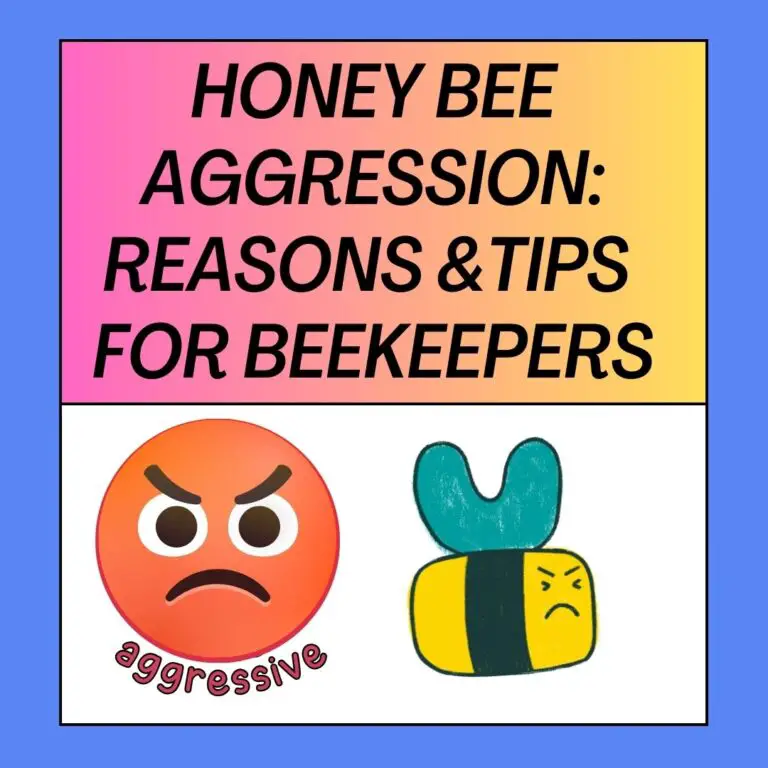
Feeding bees with sugar water is a common practice among beekeepers to support their colonies during times of food scarcity or stress. However, to ensure the health and well-being of your bees, it’s essential to follow best practices when providing this supplemental food source. In this guide, we’ll outline the steps and considerations for responsibly feeding bees with sugar water.
11 Methods To Follow While Feeding Bees with Sugar Water
1. Determine the Need for Feeding
Before you start feeding your bees sugar water, assess whether it’s genuinely necessary. Consider the following situations where feeding may be warranted:
- Nectar Scarcity: During periods of nectar scarcity, such as droughts or early spring, bees may struggle to find enough natural nectar sources. Feeding can help bridge the gap until natural forage becomes abundant.
- Colony Building: When establishing new colonies or attempting to boost the population in the spring, sugar water can provide the energy needed for comb building and brood rearing.
- Overwintering: In regions with harsh winters, bees may require supplemental feeding to ensure they have enough food stores to survive until spring.
- Emergencies: In situations where your colony faces an immediate threat of starvation due to unforeseen circumstances, such as a failed nectar flow, feeding becomes a vital lifeline.
2. Choose the Right Type of Sugar Water
There are various types of sugar water mixes, each with a different sugar-to-water ratio. The choice depends on the specific needs of your colony and the season:
- 1:1 (Thin Syrup): This ratio, equal parts sugar and water, closely resembles the water content of natural nectar. It’s often used in the spring to stimulate brood rearing and colony growth.
- 2:1 (Medium Syrup): With two parts sugar to one part water, this ratio provides a higher calorie content. It’s commonly used as a fall feed to help bees build up stores for winter.
- 3:2 (Thick Syrup): This thicker mixture, with three parts sugar to two parts water, is used for emergency feeding or as a winter feed when bees require high-calorie food.
3. Prepare the Sugar Water
Follow these steps to prepare sugar water for your bees:
- Boiling Water: Start by bringing water to a boil. This helps dissolve the sugar and sterilizes the mixture.
- Add Sugar: While the water is still hot, add the appropriate amount of sugar based on your chosen ratio. Stir until all the sugar is completely dissolved.
- Cool the Mixture: Allow the sugar water to cool to room temperature before feeding it to your bees. Hot syrup can harm the bees and damage the hive.
4. Use the Right Feeder
Select an appropriate feeder to dispense the sugar water to your bees. Common types of feeders include:
- Boardman Feeder: This entrance feeder attaches to the hive’s entrance, allowing bees easy access to the sugar water. It’s suitable for small-scale feeding.
- Hive-Top Feeder: Placed on top of the hive’s inner cover, this feeder holds a larger quantity of sugar water and reduces the risk of robbing by other colonies.
- Frame Feeder: This feeder fits within the hive’s frames, allowing bees to access the sugar water directly from the comb. It’s ideal for larger colonies.
5. Timing Matters
Feeding bees with sugar water should be done at the right time:
- Spring: Use 1:1 sugar syrup to stimulate colony growth and comb building.
- Fall: Transition to 2:1 or 3:2 sugar syrup to help bees build up winter stores.
- Winter: Avoid feeding in extremely cold temperatures, as the bees may not be able to access the sugar water.
6. Monitor Bee Health
Regularly inspect your hives to ensure that the sugar water is being consumed and that the colony’s health is improving. If bees aren’t taking the syrup, it may indicate other issues within the hive that need addressing.
7. Avoid Overfeeding
While feeding is essential in some situations, avoid overfeeding your bees. Overfeeding can lead to a buildup of excess syrup in the hive, potentially causing fermentation and other health issues.
8. Promote Natural Foraging
Whenever possible, prioritize natural foraging opportunities for your bees. Plant nectar-rich flowers and create a diverse forage environment to reduce the need for supplemental feeding.
9. Practice Hygiene
Keep feeding stations clean to prevent the spread of diseases among bees. Regularly clean and disinfect feeders to maintain a healthy environment.
10. Be Mindful of Robbing
Feeding stations can attract bees from other colonies, leading to robbing. To prevent this, reduce the entrance size of the hive or use entrance reducers to make it easier for the resident colony to defend against intruders.
11. Document Your Feeding
Maintain records of when and how much sugar water you provide to your colonies. This documentation can be valuable for tracking hive health and making informed decisions in the future.
12 Alternatives to Sugar Water for Feeding Bees
Feeding bees is a common practice among beekeepers to ensure the health and survival of their colonies, especially during periods of nectar scarcity or when bees are establishing new hives. While sugar water, in various ratios, is a widely used and effective bee feed, there are alternative food sources that beekeepers can consider. These alternatives provide different nutrients and may be suitable for specific situations. In this guide, we’ll explore various alternatives to sugar water for feeding bees.
1. Raw Honey:
- Raw Honey: Providing your bees with their own honey can be an excellent natural food source. Ensure that the honey you feed them is disease-free and hasn’t been harvested during the same season to prevent contamination.
2. Pollen Patties:
- Commercial Pollen Patties: These are commercially available and contain a mix of pollen, essential amino acids, and other nutrients that can boost brood production. They are especially useful in early spring when pollen sources may be limited.
3. Fondant:
- Fondant: Similar to the icing used on cakes, fondant is a thick sugar paste made from granulated sugar, water, and an acid like cream of tartar. It can be placed directly on top of frames in the hive as an alternative winter feed. Fondant can also be made at home.
4. Dry Sugar:
- Dry Sugar Feeding: Beekeepers can place granulated sugar on top of a hive’s inner cover, allowing bees access to it. They will consume the sugar and convert it into honey.
5. Fruit and Juice:
- Fruit: In some cases, ripe fruit like apples can be placed near the hive for bees to feed on.
- Juice: Diluted fruit juice can be used as an alternative feed. However, it should be used sparingly due to its high water content.
6. Bee Bread:
- Bee Bread: This is a naturally collected bee product made from a mixture of pollen, honey, and bee saliva. Some beekeepers return bee bread to the hive as a supplemental feed.
7. Molasses:
- Molasses: Mixed with water in small quantities, molasses can provide bees with extra carbohydrates and minerals. It should be used sparingly because of its strong flavor.
8. Protein Supplements:
- Commercial Protein Supplements: Some beekeepers use commercial protein supplements designed specifically for bees. These can boost brood production and colony growth.
9. Soy Flour and Brewer’s Yeast:
- Soy Flour and Brewer’s Yeast: Mixing soy flour and brewer’s yeast can provide bees with additional protein. This mix can be offered in dry form or as a patty.
10. Commercial Bee Supplements:
Commercial Bee Supplements: Various supplements designed to enhance bee health are available in the market. These can include vitamins, minerals, and essential nutrients.
11. Natural Forage Management:
One of the best ways to ensure your bees have ample food is to plant nectar and pollen-rich flowers around your beekeeping area. Providing a diverse forage environment promotes the health of your bees and reduces the need for supplemental feeding.
12. Diluted Honey:
Mix honey with water to create a sugar syrup similar to sugar water. While not a complete alternative, it can be used in emergencies.
Conclusion
When considering alternatives to sugar water, keep in mind the specific needs of your bee colony and the season. Some feeds, like pollen patties or protein supplements, are best used during periods of brood rearing, while others, like dry sugar or fondant, are more suitable for winter feeding.
Remember to maintain good hive management practices, monitor your bees’ health, and ensure that any food source you provide is free from contaminants and diseases. Consulting with experienced beekeepers or local beekeeping associations can also provide valuable insights into the best feeding practices for your region.
Feeding bees with sugar water is a valuable tool for beekeepers when used thoughtfully and responsibly. By assessing the colony’s needs, choosing the right type of sugar water, and following best practices, you can support your bees during challenging times while maintaining their health and natural foraging behaviors. Always strive to strike a balance between supplemental feeding and promoting the self-sufficiency of your bee colonies.
Related FAQ’S
How Do I Feed My Bees Sugar Water? You can feed your bees sugar water by placing a feeder inside or near the hive. Common feeder types include entrance feeders, top feeders, and frame feeders. Fill the feeder with the sugar water mixture, and the bees will access it from the feeder.
How Do You Make 1 To 1 Sugar Water For Bees? To make a 1:1 sugar water mixture for bees, mix equal parts of granulated sugar and water by weight. For example, you can mix one pound of sugar with one pint of water.
When Can You Start Feeding Bees Sugar Water? You can start feeding bees sugar water when natural nectar sources are scarce or during times when the colony needs supplemental food. This can vary by location but often occurs in late winter or early spring.
How Do You Make A 2 To 1 Sugar Water For Bees? To make a 2:1 sugar water mixture for bees, mix two parts granulated sugar with one part water by weight. For instance, you can mix two pounds of sugar with one pint of water. This mixture is often used as winter feed.
What Is The Best Way To Feed Bees? The best way to feed bees depends on your specific hive setup and needs. Common methods include using entrance feeders, top feeders, frame feeders, or boardman feeders. Choose a method that suits your hive and the season.
What Is The Ratio Of Sugar To Water For Bees? The ratio of sugar to water for bees varies depending on the purpose. A 1:1 ratio (equal parts sugar and water) is used for stimulating brood production and as a general food source. A 2:1 ratio (two parts sugar to one part water) is often used as winter feed.
Do You Boil Sugar Water For Bees? Boiling sugar water for bees is not necessary. You can dissolve sugar in warm water, but boiling isn’t required. Simply mix the sugar and water until the sugar is fully dissolved.
How Long Should I Feed My Bees Sugar Water? The duration of sugar water feeding depends on the colony’s needs and the season. You should feed bees sugar water when natural forage is limited, such as during a nectar dearth, early spring, or late fall. Monitor hive conditions to determine when to stop feeding.
What Is The Best Sugar Solution For Bees? The best sugar solution for bees depends on the colony’s requirements. A 1:1 sugar-water mixture is often used as a general food source, while a 2:1 mixture is suitable for winter feeding. Use high-quality granulated sugar without additives.
How Much Sugar Do Bees Need? The amount of sugar bees need varies based on factors like colony size, season, and available forage. A strong colony may consume several pounds of sugar during a feeding period.
How Much Sugar Syrup Per Hive? The amount of sugar syrup per hive depends on the colony’s needs and the feeder’s capacity. A hive may consume several quarts or gallons of syrup during a feeding period.
What Is 2 To 1 Bee Food? A 2:1 bee food refers to a sugar-water mixture with a ratio of two parts sugar to one part water by weight. This mixture is commonly used as winter feed to provide bees with ample energy stores.






